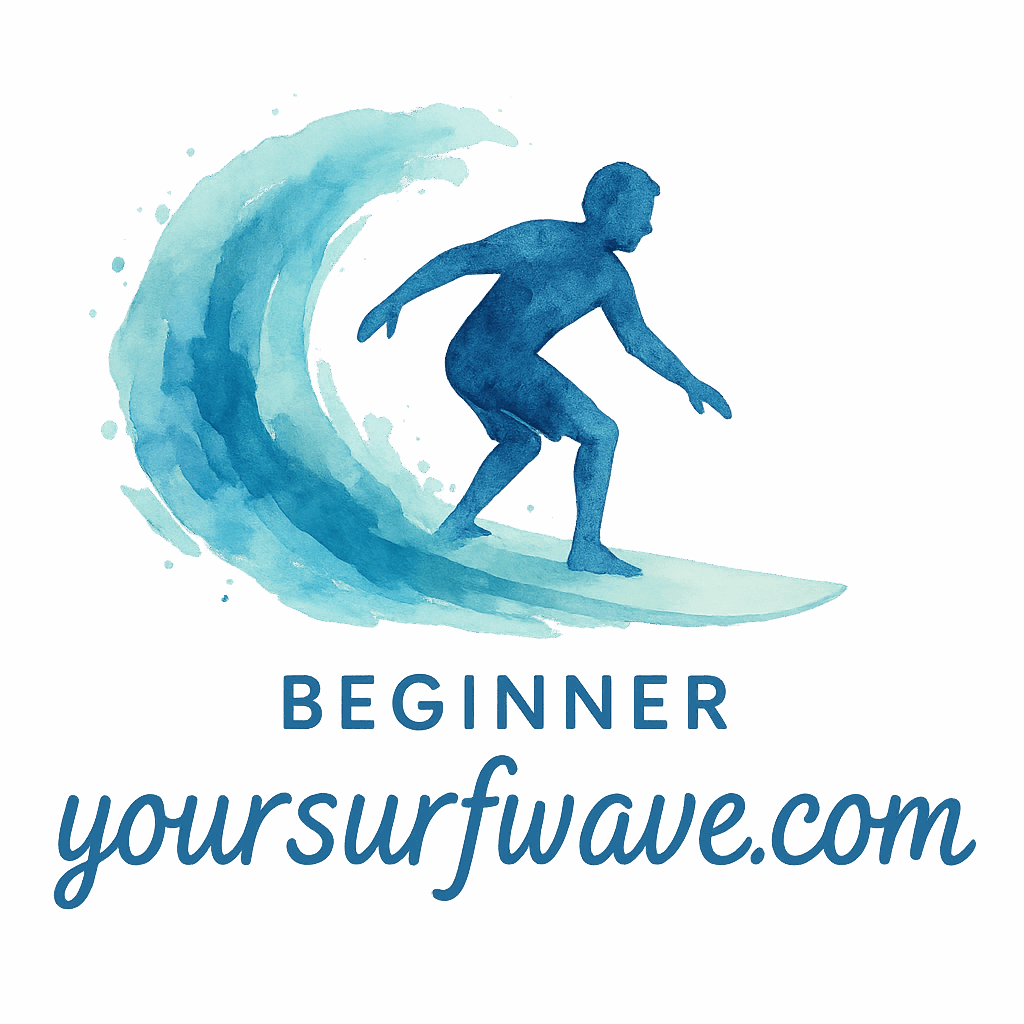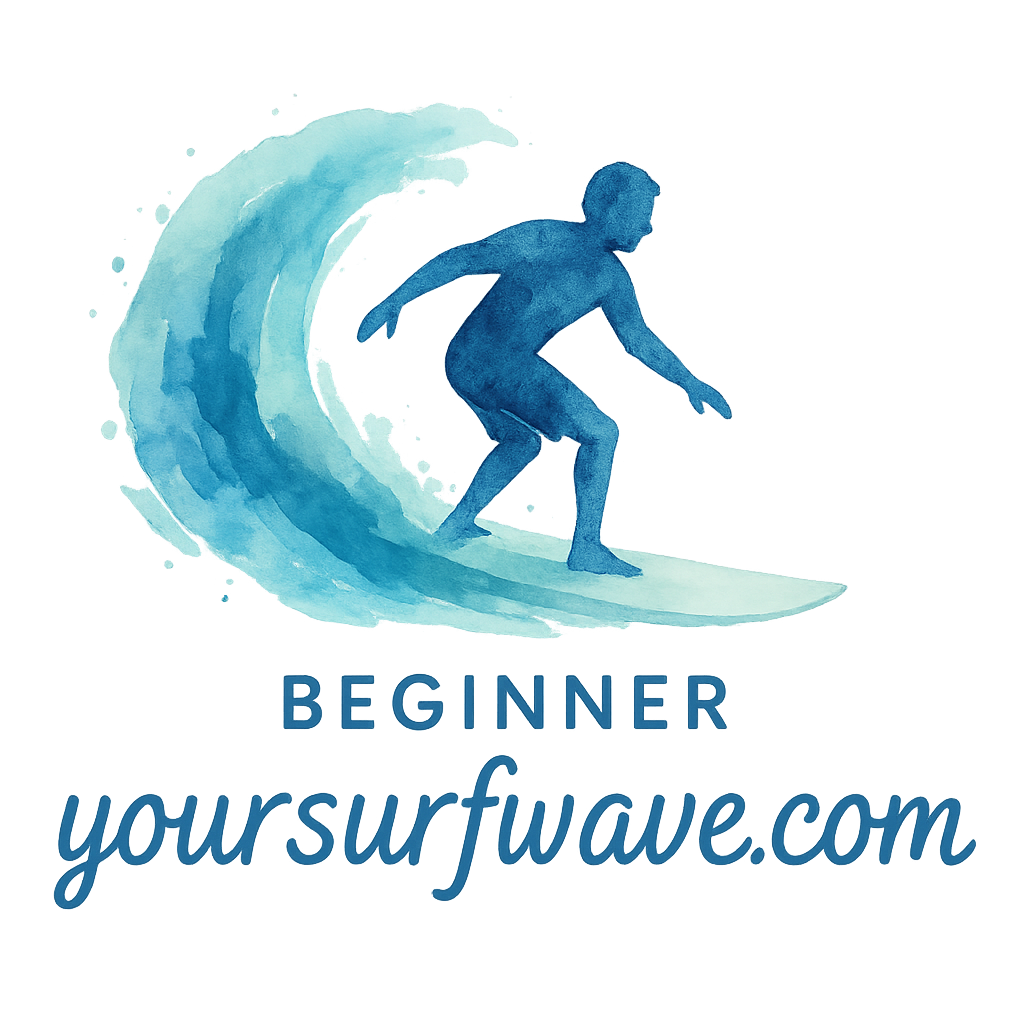Introduction
Starting your surf journey is one of the most exciting, humbling, and physically rewarding adventures you’ll ever take on. But let’s be honest—it’s not always easy in the beginning. You wipe out more than you ride, and every new session feels like a puzzle. If you’re itching to improve and actually ride the wave, this guide is for you.
We’re diving into 11 practical, effective, and beginner-friendly ways to progress faster as a new surfer, with actionable tips and links to deeper surf resources from YourSurfWave. Let’s get stoked and get better—fast.
1. Understand the Surf Basics First
Learn the Anatomy of a Wave
Before you try to ride one, understand how a wave works. Know the difference between a peak, a shoulder, and a closeout. This helps you position yourself properly and catch better rides. Brush up on this over at our Surf Basics tag.
Know Your Surfing Terms
What’s a “duck dive”? What does “goofy foot” mean? Familiarizing yourself with common surfing terms eliminates confusion and helps you communicate better with instructors and other surfers.
2. Pick the Right Beginner Surfboard
Why Bigger Boards Help You Learn Faster
Don’t jump on a shortboard right away—it’ll slow you down. Go for a foamie or a longboard. These boards are forgiving, stable, and perfect for building confidence. Visit our full guide on surf gear for gear tips and what to buy.
Link to Trusted Reviews
If you’re shopping, our curated beginner surfboard reviews can help you avoid a poor purchase and speed up your progress.
3. Choose Beginner-Friendly Surf Spots
Look for Consistent, Small Waves
Not every beach is made for newbies. Stick to mellow point breaks or beach breaks with soft waves. Avoid heavy shore breaks and reefs until you’re more experienced. Find ideal surf locations for beginners through our curated surf travel recommendations.
Tag Along with Local Surfers
Locals know where the best spots are on any given day. Many beginner surf USA tags list ideal regions for new surfers, especially along the coasts of California and Hawaii.

4. Practice Pop-Ups at Home
Dry Land Drills That Actually Work
Practicing your pop-up at home builds muscle memory. Lay on the floor or a yoga mat, simulate paddling, and spring up in one clean motion.
Incorporate Indoor Exercises
You can also explore home workouts and indoor exercises tailored for surfers. Doing this daily creates faster reflexes and better form in the water.
5. Prioritize Surf Fitness and Mobility
Improve Your Paddling Strength
Your arms and shoulders will scream after a solid session. Train with swimming, resistance bands, and paddling drills. Don’t skip surf fitness workouts—they directly translate into longer, better surf sessions.
Balance and Core Are Key
Balance boards, yoga, and planks should be part of your routine. Tag into our full surf fitness archive to build a solid foundation.
6. Take a Surf Lesson or Two
Fast-Track Progress with a Coach
One pro lesson can leapfrog you ahead by weeks or even months. A coach points out mistakes you didn’t even realize you were making. Visit our beginner tips for advice on choosing the right instructor.
Avoid Developing Bad Habits Early
The longer you practice the wrong form, the harder it is to correct later. Early guidance prevents bad habits from setting in.
7. Master Your Paddling Technique
Timing is Everything in Surfing
Many beginners miss waves because they start paddling too late or too early. Learning the right timing helps you catch more waves and waste less energy.
How to Paddle Smarter, Not Harder
Arch your back slightly, keep your head up, and use long, smooth strokes. Efficient paddling is a secret weapon—check our surf tips section for deep dives on this.
8. Read the Ocean Like a Surfer
Learn to Identify Rip Currents
Understanding ocean safety is essential. Rips can be dangerous, but they’re also useful for getting out past the break. Learn more in our surf destinations and safety tips.
Watch the Lineup Before You Paddle Out
Spend a few minutes watching the waves and surfers. This teaches you where waves are breaking and where to position yourself.
9. Watch and Learn from Other Surfers
Surfing Is Visual—Watch More Than You Ride
Watch experienced surfers carefully. Observe their takeoff timing, stance, and positioning. You’ll learn quicker just by studying good habits.
Use Video Analysis to Improve Faster
Recording yourself is a game-changer. Seeing what you think you’re doing vs. what you’re actually doing can fast-track improvements.
10. Stay Consistent and Track Your Progress
Set Surf Goals Each Week
Something as simple as “catch 3 waves standing up” gives you direction and motivation. Setting weekly or monthly goals helps you stay on track.
Use Journaling or Surf Apps
Track your sessions, waves ridden, and conditions. This builds awareness over time. Combine this with wellness check-ins via our beginner wellness hub.
11. Embrace the Surf Lifestyle
Recovery, Nutrition, and Mental Focus
Surfing isn’t just a sport—it’s a lifestyle. Fuel your body with good food, recover with sleep and stretching, and take care of your mind too. Learn how surfing benefits your mental health and explore surfing therapy resources.
Stay Motivated by Joining the Surf Community
Follow surf pages, watch surf films, and make surf buddies. The more you’re surrounded by surf culture, the more it becomes a habit. Check out our surf lifestyle tag for ideas.
Conclusion
Learning to surf is a wild ride—literally. Some days you’ll feel like you’re flying, and others you’ll be eating sand. But with consistent effort, the right mindset, and these 11 strategies, you can cut your learning curve dramatically.
Start slow, be patient, and always keep the stoke alive. Every wipeout is a step toward mastery. Use this guide to become not just a surfer, but a smarter, faster-improving one.
FAQs
1. How long does it take to get good at surfing?
It varies, but most people start seeing progress in 3–6 months with regular practice.
2. What size board should I start with?
A soft-top board between 7’6” and 9’ is ideal for most beginners.
3. Can I learn surfing on my own?
Yes, but a lesson or two accelerates progress and ensures safety.
4. Is surfing a good workout?
Absolutely. Surfing improves cardio, strength, balance, and even your mental health.
5. How often should I surf as a beginner?
2–3 times a week is ideal to build consistency and muscle memory.
6. What if I’m scared of waves?
Start small, take your time, and gradually build confidence in friendly conditions.
7. Does age matter when learning to surf?
Nope! Surfing is for all ages—as long as you’re physically active, you can start anytime.


